5 Mental Barriers to Building a Thriving Community Business and How to Overcome Them
What gets in our way of launching and going bigger
I write a lot about community strategy and the tangible business tips that get you through challenges to grow your business and create an engaging community experience.
Yet, I find that for most of us, the biggest obstacle is not that we’re missing the right tip or tactic, it’s the internal stories and patterns that keep us stuck.
Whether you already have a community and things aren’t yet moving as fast as you’d like or starting the business itself is your opportunity to go bigger, this is your invitation to identify what mental barriers might be in your way with some suggestions on how to move past them.
These are the barriers for community builders that come up most often, and some tips on reframing these thoughts.
Comparison
We are wired to look for examples of success before we believe what we’re doing is possible. Finding models of possibility can be a great way to build confidence. And it’s also important to not compare our journey to others and let that comparison get in the way of progress.
Trying to follow a blueprint that’s decided for someone else is a trap. Each of us have to consider our own brains, our community members, our skills and background, family circumstances, financial resources and many other factors.
What to try instead: Creativity, getting weird.
Because we’re all different, you won’t find your answer by comparing yourself to others. The more you lean into doing things your own way, the more your community will resonate with your people. It gives them permission to be their own weird selves and release their own creativity.
Instead, what we promote in BACB is learning to trust and lean into your instincts under helpful guidance. It’s not prescriptive and it’s not about following a path that wasn’t made for you. It gets easier with practice!
Scarcity
Another very common barrier to building a thriving community business is the feeling that there are limited resources, money, and members to go around. This can lead us community leaders to go over our own capacity to offer things for free, to discount our membership, and add too many items to our community offer, start with a free community, and generally not know our own worth.
The fear here is that no one will want to join what we build, and that unless we hustle to go above and beyond, we’ll go bankrupt trying to make it work.
This is an understandable fear because online community has often been free on platforms like Facebook and Meetup so there’s a voice in the back of our minds telling us that what we’re doing is not worth enough.
What to try instead: Find models of possibility.
Inspiration is a beautiful way to get away from a scarcity mindset. When you’re surrounded by people who are just like you, you’ll see that we all feel the fear of not being enough. And that it’s possible to go big despite that fear. Among the inspirational communities I’ve written about is Dreamers & Doers, a membership that started over 10 years ago and today is still a values-driven, 7-figure business with raving members.
Perfectionism
When we fall into perfectionism, we feel like we have to be perfect or that our community has to be perfect before it has any value. This is a common one for first-time business owners in this age of glossy social media personas. We are conditioned by super-polished websites, perfectly produced photo shoots, and color-coordinated grids.
What to try instead: Imperfection as a virtue
Not only is it untrue that we have to be perfect in order to launch a community, in most circumstances, perfectionism actively goes against connection and everything that actually works well in community businesses. It is by showing the cracks that we allow others in.
If you’re connecting people, showing up imperfectly is a requirement. It gives everyone permission to relax and be themselves.
Co-dependence
A lot of us who are drawn to caring for people grew up in that role within our families. Many of us had to grow up before our time, were given a lot of responsibilities early on, are the oldest sibling, and just took the role of caring for others. Because of that, our brains now think it’s our job to keep everything together, regardless of what’s being asked of us. We see others’ problems as our own and care for others at our own expense.
In community, when we understand others are responsible for themselves, we create a culture of accountability. We can design community businesses that don’t cause resentment or burnout and that honor our own needs as well as others.
What to try instead: Boundaries.
Boundaries are a practice. When you’re building a community business, boundaries are built in to every part of the process. For example, the price you charge is a boundary, your community offer and how much of your time it requires is a boundary, and your work hours are a boundary. You can design a life and a business that supports you first.
Hustling for your worth
This is a Brené Brown phrase that many of us immediately get as soon as we hear it. Hustling for our worth happens when we tie our own worthiness as humans to how successful we are or the thing we are working on is. Instead of seeing our work and what we do for others as separate from who we are, we tie our worthiness wagon to the value, often monetary, that we create.
What to try instead: Self-compassion
You are inherently worthy of love and care. Even if your community doesn’t end up working as planned, even if you fail. You don’t need to do anything to be worthy. If you have a tendency to fall into hustling for your worth, make time to talk to yourself like you would talk to a close friend.
In the long-run you benefit and your community members benefit when you’re kind to yourself. In community, when we know we are worthy, we can step back and let others lead.
I personally identify with many of the obstacles here. I’ve found that leading a community has put a spotlight on all these barriers.
If you see yourself in the barriers here, the good news is that these things don’t have to hold you back.
Community is not only an invitation to be there for others, it’s also an opportunity to heal our own approach to connection. For me, it’s been a great opportunity to learn more about myself. And it can be that for you too.
One thing I’m proud of in the BACB community is how members are able to be a mirror for each other in what being brave and going big looks like. We’ve designed the community to help you through these potential challenges in a supportive and aligned way that you control for yourself.
In our next season of BACB, we are starting to host community coaching conversations to help each other share resources and continue to be a gentle, friendly nook where we can go big together.
If you’re interested in joining, March 17th is the last day to apply before our upcoming season starts.
My thinking on this (and a lot of my work overall) is inspired by the work of Tanya Geisler, Brené Brown, Peter Block, adrienne maree brown and others. I highly recommend their work if you want to go deeper into yourself and your role as a community leader.

